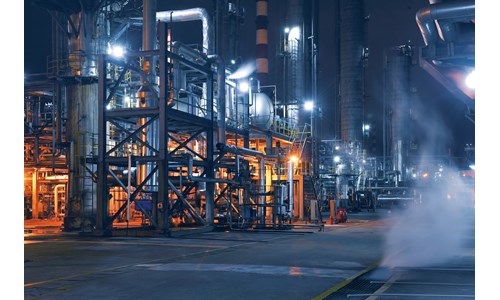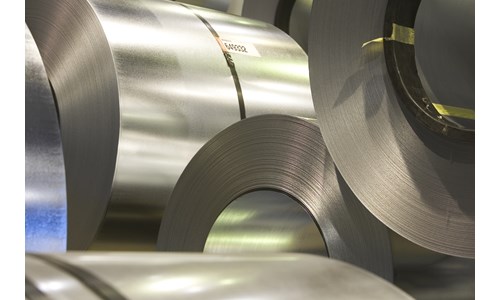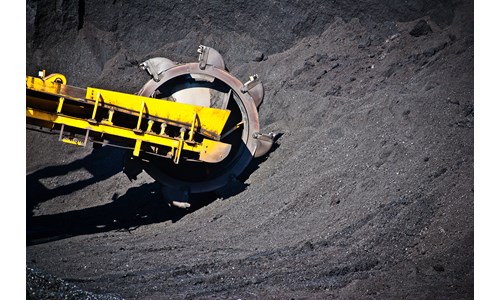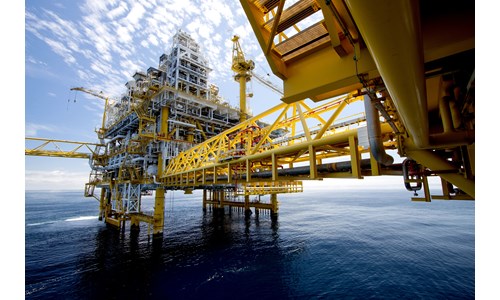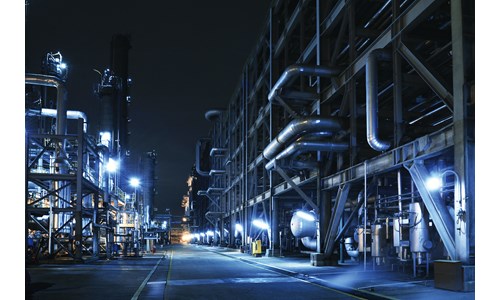Bulk alloys under an accelerated energy transition
*Please note that this report only includes an Excel data file if this is indicated in "What's included" below
Report summary
Table of contents
-
Key takeaways:
- Demand: Upside from renewables, Li-ion batteries and non-ferrous alloys while foundries and castings provide downside under AET-1.5
- Supply: Future supply gap widens for mine supply, but no new refining capacity is needed within the 2020s across bulk alloys, outside of existing project pipeline
- Capital requirements: New mining and refining capacity will need significant additional capital spending to meet AET-1.5 demand
- Prices: Ore incentive prices slightly up, while price of refined output will see more significant uplift on higher AET-1.5 production costs
Tables and charts
No table or charts specified
What's included
This report contains:
Other reports you may be interested in
LNG mandates fuel M&A activity
A growing list of players with LNG aspirations has led to a M&A boom
$1,050A Bold Leap Forward with Lens Metals & Mining
Dive in to see what sets Lens M&M apart and how it can help you drive strategic decisions.
$1,050Akita zinc smelter
A detailed analysis of the Akita zinc smelter.
$2,250





